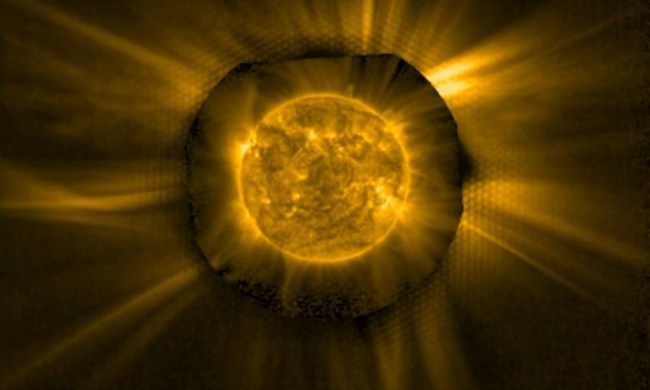Solar Orbiter, the European Space Agency (ESA) mission that launched in 2020 and which includes the closest camera to the sun, has made a second close approach of our star and has captured stunning footage of the sun’s corona.
The spacecraft made its closest approach on 12 October at 21:12 EST, when it came within less than one-third of the distance between Earth and the sun. Using its Extreme Ultraviolet Imager (EUI) instrument it captured this video of the corona on October 13.
The corona is the outermost layer of the sun’s atmosphere, and it stretches out for millions of miles from the sun’s surface. It is also hotter than the surface of the sun, reaching temperatures over a million degrees Celsius.
At the time the images of the corona were taken, it was described as “quiet,” meaning that there were no flares or coronal mass ejections occurring. Even so, the corona is active and changing as the extremely hot plasma moves around due to changes in the sun’s magnetic field. This relative calm will be less common in the coming months and years as the sun’s activity is currently increasing and is set to peak in 2025 when it reaches a point called the solar maximum. This is the most active point in the 11-year cycle of solar activity.
The images captured by the EUI instrument cover 65 miles per pixel, so the total image represents an area equivalent to 17 Earths stacked side by side. Solar Orbiter is also armed with a variety of other instruments for both remote sensing and taking in-situ measurements which record data such as magnetic fields, radio and plasma waves, and various types of imagery.
More data from the close approach will be coming over the next weeks as the spacecraft is traveling in the direction of Earth and so can downlink more data. “I am very much looking forward to data from all 10 instruments being downloaded during the next few weeks, and then the worldwide science community will be very busy discovering new things using this unique data set,” said Daniel Müller, ESA Project Scientist for Solar Orbiter, in a statement.



